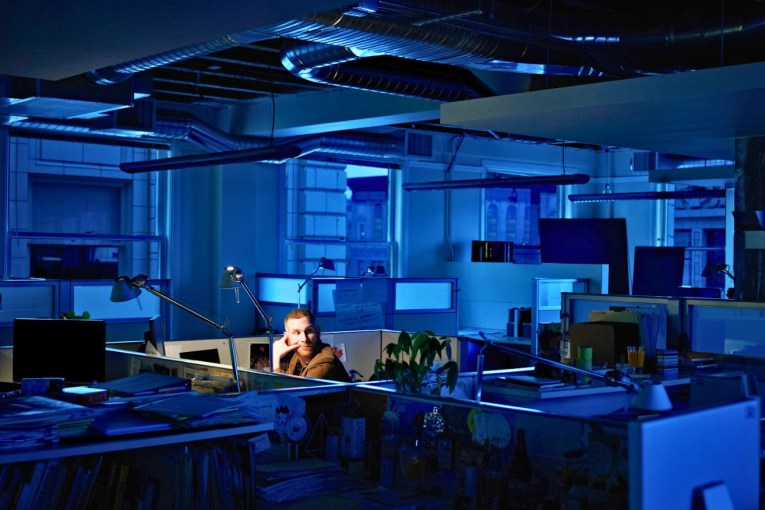Weaker wages growth but more flexibility: How work will evolve in 2020


The nine-to-five office job is changing, and there'll be winners and losers. Photo: Getty
The way Australians work is set to change in coming years and though it’s not great news for wages, millions will still benefit.
The traditional nine-to-five working day is becoming steadily less common in Australia as more and more workers take on part-time roles or find work in the gig economy.
Callam Pickering, economist with jobs search website Indeed, told The New Daily that change is being driven by workers and employers, noting that searches for flexible working arrangements have increased 40 per cent in the past four years.
“There’s been a big change in how valuable jobseekers perceive flexibility to be. That’s a really interesting trend to me, and it appears likely to be something that keeps going,” Mr Pickering said.
The shift is being driven by two main drivers, Mr Pickering said.
The first is the rising number of women and older Australians (over the age of 65) wanting to work.

Source: Australian Institute of Health and Welfare, ABS cat no. 6291.0.55.001
“If you do sit in those two groups – and millions do – then your prospects heading into the next year are actually quite good, and greatly improved on what they would have been five or 10 years ago,” he said.
But the other driving factor behind the shift away from full-time employment is more worrying: The economy is “not doing particularly well”, Mr Pickering said.
You tend to see a reduction in the number of full-time jobs created, and a lift in part-time jobs being created in a tough economy.’’
A shift towards part-time work will likely continue to drag on wages growth, Mr Pickering added, as part-time workers not only earn less than their full-time peers, they typically have less bargaining power too.
More part-time employees, coupled with Mr Pickering’s prediction that unemployment will also tick up to 5.4 per cent, will likely push wages growth down.
“We’d go from being at about 2.2 per cent right now to down to about maybe 2.1 per cent,” he said.
“There’s really very little prospect of wages breaking out over the next 12 months. The economy just isn’t in a spot where that’s likely to eventuate.”
Increased connectivity
Another major trend affecting Australia’s workplaces is the increasing connectedness workers have with their jobs through developments in technology.
Rafael Moyano, chief executive of recruitment firm Adecco, noted that can be a double-edged sword.
For workers, being able to log in to your office computer from home or on the go can mean more flexible hours or greater freedom to work around a personal schedule.
But it also means employers have greater access to their staff outside of working hours, potentially resulting in unreasonable expectations.
If a healthy balance is struck, Mr Moyano said, increased connectivity can be great for workers.
But businesses will need to set clear guidelines and expectations to avoid souring the relationship.
“Increased connectivity will mean that work/life balance will have more to do with freedom and flexibility than with completely clocking off outside traditional nine-to-five work hours,” he said
“The challenge, of course, is that the ability to stay connected 24/7 can result in a temptation or expectation for work to occur at all times.”









